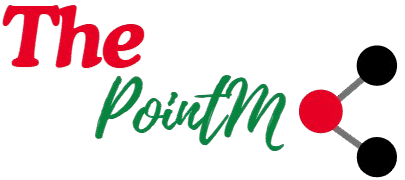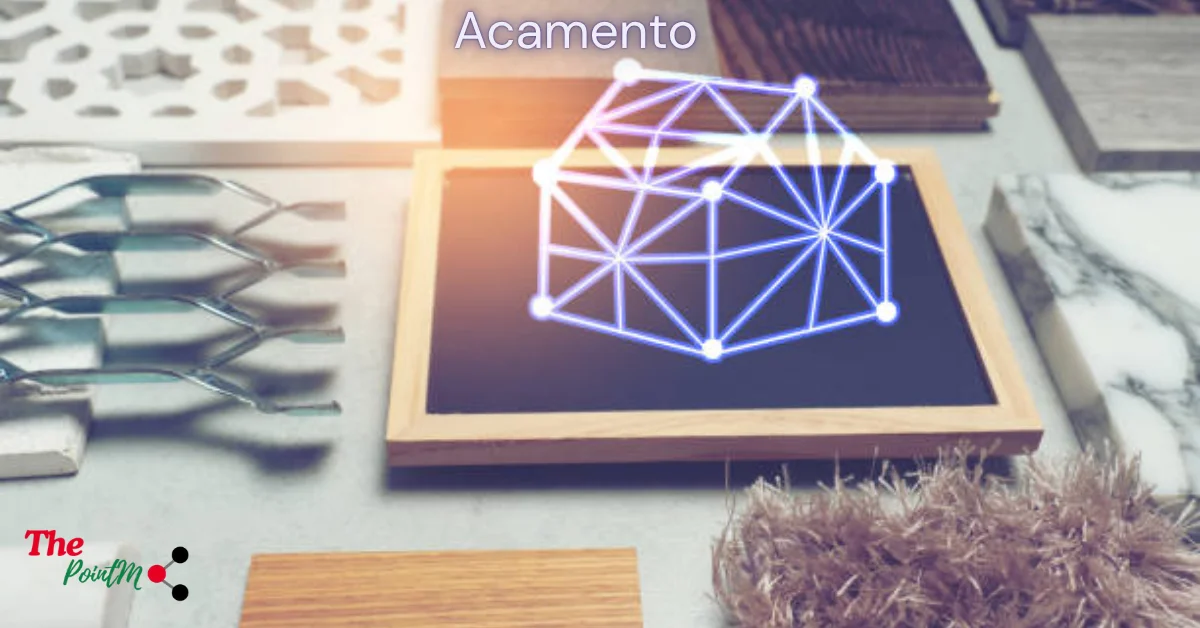Imagine a world where surfaces are not just functional but also visually stunning. That’s where acamento comes into play. This innovative technique is taking the design and construction industries by storm, allowing for seamless transformations that elevate any space or object. Whether you’re a designer looking to impress clients or a DIY enthusiast eager to enhance your projects, understanding acamento can open up a realm of possibilities. Join us as we dive deep into what makes this method so unique and explore its rich history, advantages, applications, and future potential in transforming surfaces with unmatched precision.
What is Acamento?
Acamento is a specialized technique focused on the meticulous finishing of surfaces. It combines artistry with precision to create stunning visual and tactile experiences. This method can enhance various materials, from wood and metal to stone and glass.
At its core, acamento aims for perfection in execution. The process involves layering, texturing, and polishing to achieve a flawless finish that captivates the eye.
What sets acamento apart is its versatility; it adapts easily to different projects while maintaining quality standards. Whether used in high-end architecture or bespoke furniture design, acamento delivers exceptional results.
Craftsmen utilize an array of tools and techniques during this process, ensuring that every detail aligns with their vision. Each application offers unique possibilities for customization and personal expression, making it a favorite among designers seeking something extraordinary.
History of Acamento
The history of acamento dates back to ancient civilizations, where artisans sought ways to enhance surface finishes. Early techniques were rudimentary but laid the groundwork for what we know today.
As technology progressed, so did methods of achieving a smooth, polished finish. The Renaissance saw a surge in craftsmanship, with skilled workers refining their approaches using emerging tools and materials.
By the 19th century, industrialization brought about innovations that transformed acamento processes. New machinery allowed for greater precision and efficiency in finishing surfaces across various industries.
In modern times, acamento has evolved further with advancements in digital technology. Today’s techniques leverage both traditional skills and cutting-edge tools to create flawless results that are crucial in sectors like automotive and furniture design.
Advantages of Using Acamento
Acamento offers a remarkable range of benefits that enhance surface quality and durability. Its precision application ensures an impeccable finish, reducing the need for extensive touch-ups.
Another significant advantage is its versatility. Whether working with wood, metal, or plastics, acamento adapts seamlessly to various materials. This makes it a preferred choice across multiple industries.
Cost efficiency also plays a crucial role in its appeal. By minimizing waste and maximizing results, users can achieve more within budget constraints.
Moreover, acamento promotes sustainability by lowering the environmental impact associated with traditional finishing methods. With fewer chemicals required in the process, it aligns well with eco-friendly practices.
Using acamento enhances aesthetic value; surfaces treated with this technique often exhibit improved visual depth and clarity that capture attention instantly.
Applications and Uses of Acamento
Acamento finds its place in various industries, showcasing its versatility and effectiveness. From construction to interior design, this technique enhances both aesthetics and functionality.
In the realm of architecture, it is used for finishing surfaces of walls, ceilings, and floors. This application ensures durable and visually appealing results that stand the test of time.
Manufacturers often employ acamento for creating precise edges on furniture pieces. The smooth transitions contribute to an overall polished look while maintaining structural integrity.
Additionally, artists appreciate acamento for crafting intricate designs in their works. Its precision allows for detailed patterns that elevate artistic expression.
Even in automotive applications, acamento plays a role by providing sleek finishes on vehicle exteriors. This not only improves appearance but also protects surfaces from wear and tear over time.
How to Achieve Precision with Acamento
Achieving precision with acamento requires careful attention to detail. Start by selecting the right materials for your project. Quality can greatly influence the final outcome.
Next, ensure that you prepare surfaces meticulously. Clean and smoothen them before applying any layers. This foundational step is crucial for optimal adhesion and finish.
Utilizing advanced tools can enhance accuracy significantly. Invest in equipment designed specifically for acamento applications to streamline your process.
Pay close attention while mixing components, as incorrect ratios may lead to undesired results. Follow manufacturer guidelines precisely to maintain consistency throughout your work.
Practice makes perfect. Experiment with small-scale projects before diving into larger ones. Gaining hands-on experience will sharpen your skills and boost confidence in achieving precision with acamento techniques.
Common Mistakes and How to Avoid Them
When working with acamento, many fall into common pitfalls. One prevalent mistake is neglecting surface preparation. A clean and well-prepped surface ensures better adhesion and longevity.
Another frequent error involves improper material selection. Always choose the right type of acamento for your specific project needs to achieve optimal results.
Many underestimate drying times as well. Rushing this process can lead to poor finishes or even damage the layers beneath.
Lack of precision in measurement is another challenge. Taking accurate measurements before application can save time and resources down the line.
Ignoring environmental factors such as humidity and temperature may alter how acamento sets and cures. Being mindful of these conditions allows for a more successful application every time.
The Future of Acamento
The future of acamento is bright, with technological advancements paving the way for more innovative applications. As industries evolve, the demand for precision in surface finishing will only increase.
New materials and techniques are emerging, allowing for greater versatility and effectiveness. This evolution will enable acamento to be used in previously untapped sectors like aerospace and renewable energy.
Sustainability is also becoming a focal point. Eco-friendly alternatives are being developed to minimize environmental impact while maintaining quality standards.
Automation plays a crucial role too. Smart technologies such as AI can optimize processes, ensuring consistency and reducing waste.
As research continues, we can expect enhanced durability and aesthetic options that meet diverse consumer needs. The landscape of acamento is set for transformative changes that could redefine industry norms entirely.
Conclusion
Acamento has emerged as a game-changing technique in surface transformation. Its rich history and growing applications highlight its significance across various industries. The advantages of using acamento, ranging from enhanced aesthetics to durability, cannot be overstated.
Achieving precision with this method requires careful planning and execution. By understanding common mistakes and learning how to avoid them, users can ensure successful outcomes every time.
As technology advances, the future of acamento looks promising. New techniques and tools will likely enhance its application further, making it an invaluable asset in craftsmanship and design. Whether you’re a professional or a DIY enthusiast, embracing acamento could elevate your projects to new heights.

